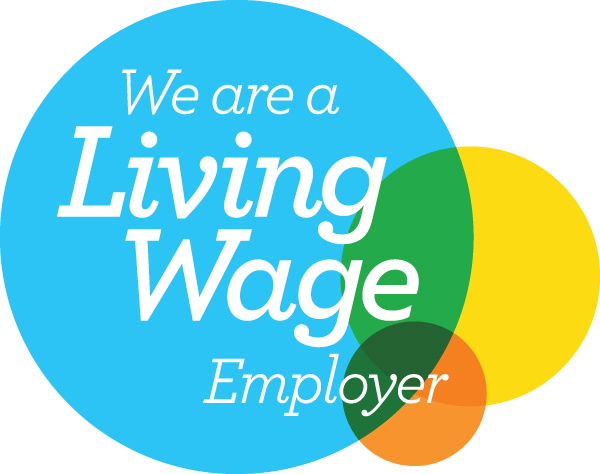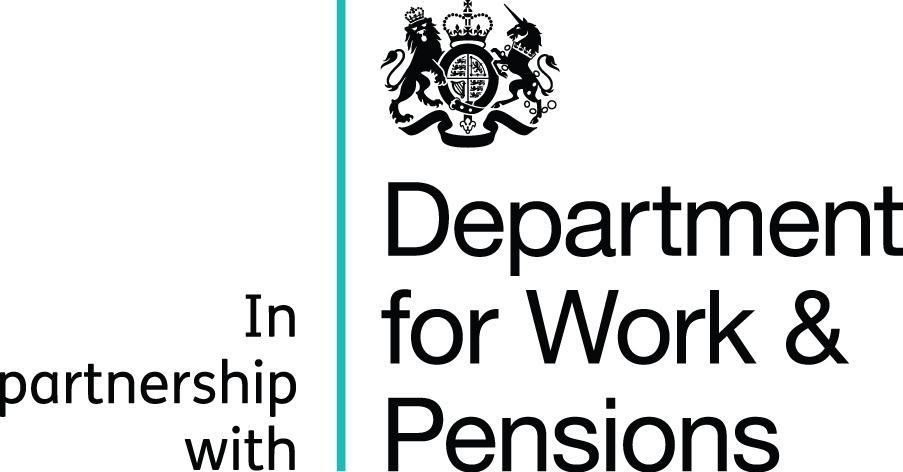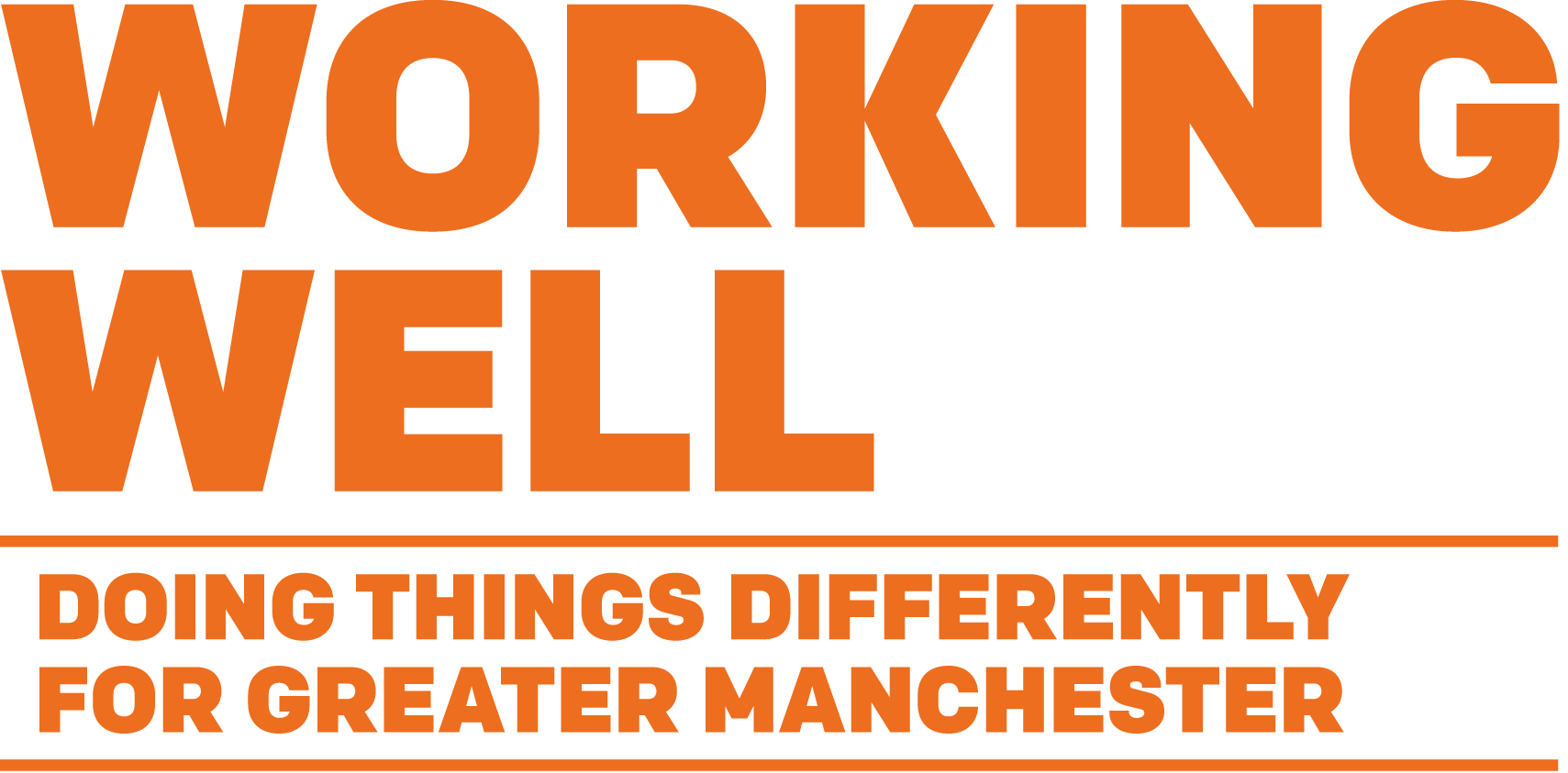How do you deal with bullying in the workplace?
26 Sep. 2025
Dealing with conflict and confrontation in the workplace is an unfortunate part of stepping into the world of work. It doesn’t always happen, but being well-equipped and understanding your options can help you better navigate bullying at work.
We’ll explore what bullying is and how it can be dealt with in the workplace.
What is bullying in the workplace?
Bullying can be described as unwanted behaviour from a person or group that is considered as:
- Offensive, intimidating, malicious or insulting.
- Abuse or a misuse of power that undermines, humiliates or causes physical or emotional harm to someone.
Bullying can also occur:
- As a regular pattern of behaviour.
- As a one-off incident.
- Face-to-face or in other work-related situations.
Upwards bullying can also occur, which is where more senior staff, like a manager, is being bullied. This can be shown through:
- Continuously being disrespected.
- Refusal to complete tasks.
- Undermining their authority.
- Making them seem unskilled or unable to perform their job role.
- Spreading rumours.
Examples of bullying
It’s helpful to be aware of what bullying can look like for the wellbeing of yourself and others. Here are a few examples that could be considered bullying:
- Constantly criticising someone’s work unkindly. This is different to delivering constructive feedback.
- Malicious rumours being spread about someone.
- Someone constantly being put down.
- Deliberately being given a much higher and unreasonable workload than everyone else in the company.
- Being excluded from team social events.
- Humiliating, offensive or threatening comments or photos being posted on social media.
How to deal with bullying as an employee
As an employee, if you feel you are being bullied, there are a few things you can do:
- Gather evidence - Keeping copies of any relevant supporting information or evidence relating to bullying, such as notes or emails, can help you show proof of your experience to your employer.
- Obtain advice - You can talk to a friend, colleague, designated person at work, or even a trade union representative to help you navigate the situation. Your employer might also offer an Employee Assistance Programme for free and confidential advice.
- Make an informal complaint - You can either speak to the person you are being bullied by and state that you find their behaviour unacceptable or put it in writing.
- Make a formal complaint - If an informal complaint doesn’t work, you should follow your employer's formal bullying and harassment complaint process to find a resolution.
What are your employer’s responsibilities when it comes to bullying?
Employers and employees have a mutual duty to treat each other with honesty and respect, meaning employees have the right to:
- Trust and be confident in their employer.
- Not accept being bullied at work.
Employers have the right to:
- Expect employees not to bully each other.
- Expect employees to treat their managers with respect and be able to follow reasonable instructions.
If an employee(s) is being bullied, an employer should:
- Do everything they can to prevent bullying from occurring.
- Take all bullying complaints seriously and look into them as soon as possible.
How to deal with conflict in the workplace as an employer
When it comes to conflict and bullying in the workplace, there are a few things employers can do to prevent or deal with it:
Intervene at an early stage
Intervening as early as possible can prevent bullying from impacting someone’s mental health and wellbeing. It can help improve team morale, as well as retain valuable skills and talent. While intervening, it’s important to do so in a proactive and positive way.
Actively get to know your team better
By getting to know your team you will be able to:
- Foster good working relationships.
- Anticipate potential conflicts before they occur.
- Learn about any issues outside of work that could be impacting them at work.
- Talk openly about any issues or concerns your team has.
You can get to know your team better by:
- Understanding what really matters to each team member, what may cause them stress, and how to help them feel supported in their role, can help you identify when they may feel stressed or uncomfortable, enabling you to resolve issues like bullying early on.
- Making it clear that your team can talk to you if they have any issues. You can do this by showing empathy and actively listening to them.
- Managers can have regular check-ins with their employees to understand what is going on with them and catch any disagreements or issues before they escalate.
Keep on top of simmering tensions
Keeping on top of simmering tensions can help you resolve conflicts and bullying issues quickly. Keep an eye on changing behaviours like increased tempers and sudden outbursts, or even being quieter and more distant than normal.
Set clear expectations
As a manager, it’s crucial that you clearly outline the behaviour you do and do not expect from your team. You should set the standards by:
- Being professional and living by the company’s values.
- Respecting people's point of view, background and working styles, while still having the confidence to call out unacceptable behaviour.
- Treat everyone with the same level of importance, no matter their role or seniority, and avoid favouritism.
- Discourage employees from talking about their colleagues behind their backs if you hear them start to talk in this manner.
- Confidently address any hint of bullying to make it clear that that sort of behaviour will not be tolerated.
Bring both sides of the conflict together
Once you understand what the situation is, it may be a good idea to bring both parties together to discuss a resolution in an open, kind, fair and respectful conversation. This can help to encourage people to acknowledge each other's views and allows for there to be an impartial individual during the conversation.
Workplace bullying is a serious issue that can affect anyone, regardless of their role or experience. Whether you're an employee experiencing bullying or a manager trying to support your team, knowing how to recognise the signs and take appropriate action is key.

 Contact Us
Contact Us








.png?width=1709&height=843&ext=.png)
.png?width=1165&height=190&ext=.png)
